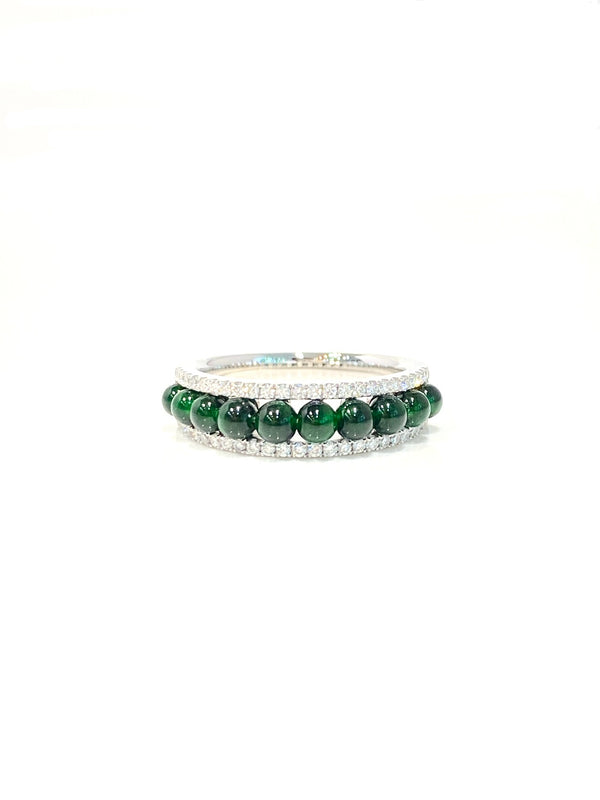Emerald Grading Guide: What to Look for in Quality Stones
Emerald Grading Guide: What to Look for in Quality Stones
Blog Article
Why Emeralds Are the Ultimate Choice for Luxe Green Jewelry
Emeralds are among the absolute most captivating gemstones, celebrated not just for his or her impressive natural shade but additionally for their geological story. These precious rocks belong to the beryl family, which also incorporates aquamarine and morganite. Why is emerald particularly fascinating is the initial combination of situations required for their development, in addition to the functions that collection them besides other gemstones.
Development of Emeralds
Emeralds type below particular geological problems over countless years. Their formation generally occurs in metamorphic rocks, which are formed from the alteration of present stones as a result of temperature and pressure. The essential elements for emerald formation contain beryllium, aluminum, silica, and a variety of other things, specially chromium and vanadium. These trace components provide emeralds their characteristic green hue.

The process begins in hydrothermal veins, wherever mineral-rich heated water percolates through breaks in the rock. Because the water cools, beryllium-rich nutrients crystallize. When chromium or vanadium is present, they replace some of the beryllium in the gem lattice, leading to the brilliant natural color for which emeralds are renowned. This complicated interaction of elements is what makes the treasure not only beautiful but in addition relatively rare.
Emerald remains are found in a few regions around the world, with Colombia being the most famous source. The initial geological problems in the Andes mountains build the best environment for providing a number of the highest-quality emeralds. Other significant sources contain Zambia, Brazil, and Afghanistan, each contributing distinct features for their emeralds predicated on regional mineral material and formation processes.
Special Top features of Emeralds
One of the very special features of emeralds is their clarity, or lack thereof. Many emeralds contain inclusions, frequently referred to as jardin, a German expression indicating garden, which identifies the delicate inner styles formed by the trapped minerals. These inclusions, while sometimes considered as defects, may boost the gem's personality and individuality, making each emerald one-of-a-kind.
The hardness of emeralds, ranked at 7.5 to 8 on the Mohs scale, also sets them apart. While they are tough enough for daily wear, their inner breaks can make them more prone to chipping in comparison to other gems like diamonds. This duality brings for their attraction: they are both precious and delicate.

Furthermore, emeralds present a phenomenon called pleochroism, allowing them to produce different colors when seen from various angles. This characteristic can produce a mesmerizing degree and difficulty in the rock, fascinating jewel lovers and collectors alike.
Ultimately, the symbolic significance of emeralds can not be overlooked. During history, they have been related to renewal, fertility, and love. Their wealthy natural shade evokes the vibrancy of character, putting with their appeal.
Realization
Emeralds aren't only lovely rocks; they're the consequence of a exciting geological method and get distinctive features that make them stand out. Knowledge the research behind their formation and the faculties that determine them deepens our gratitude for these important rocks, creating them a cherished supplement to any collection.
Report this page